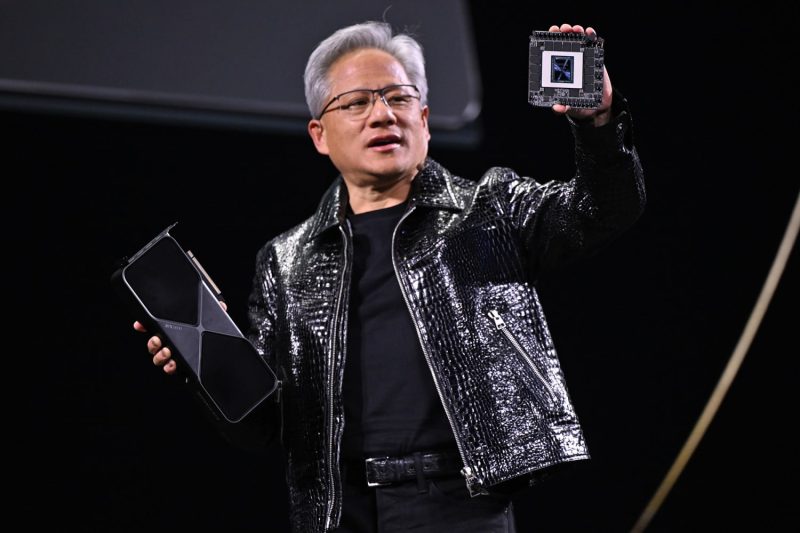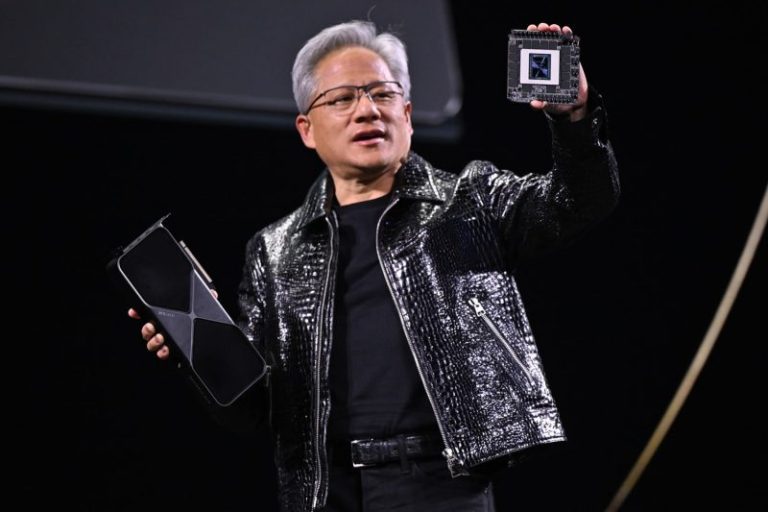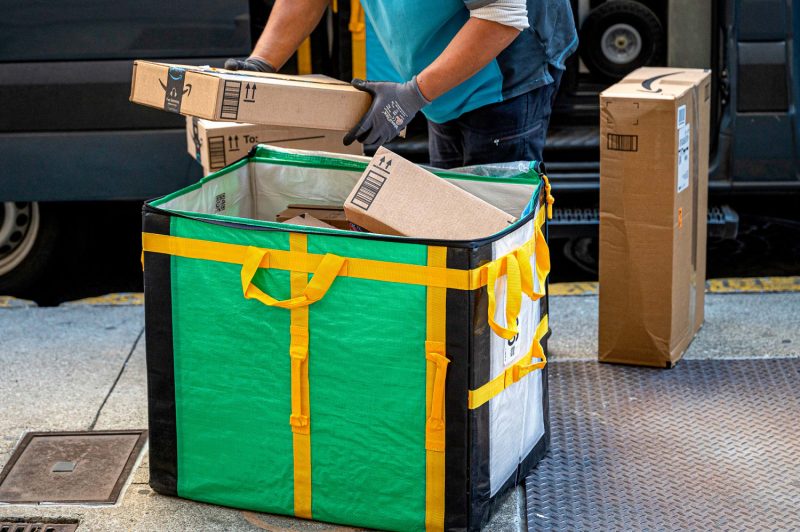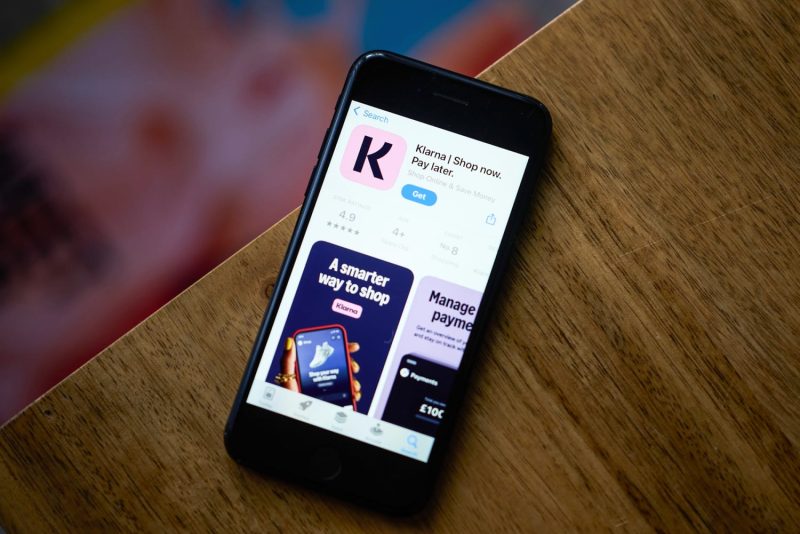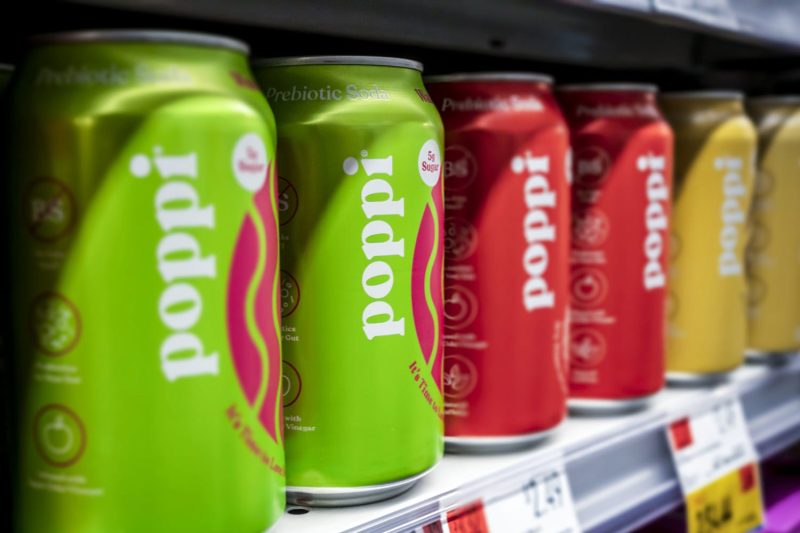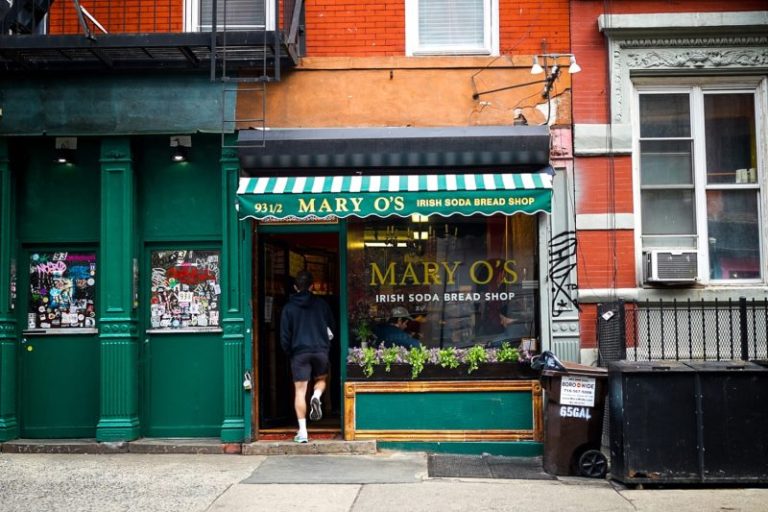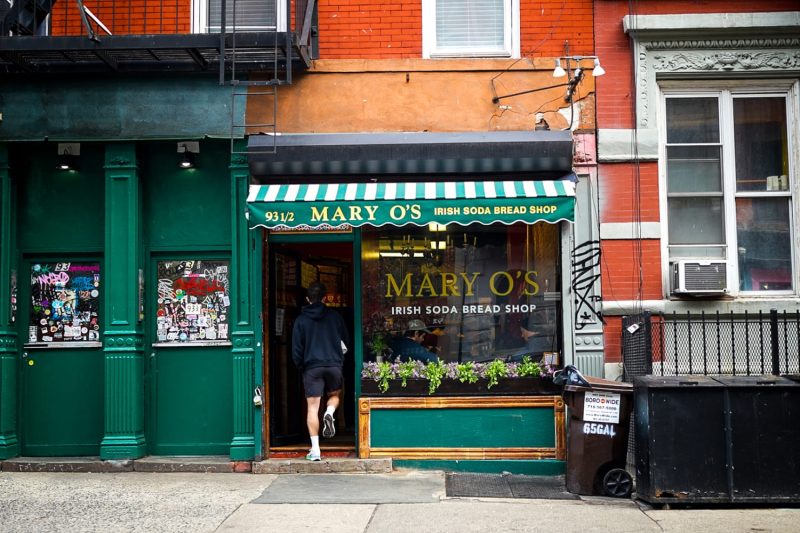
Almost nothing is guaranteed in life. Certainly not weather, electricity, health, tariffs or eggs. But for more than 50 years, American consumers could count on Southwest Airlines letting them check bags for free.
Dallas-based Southwest is ending the policy in May. Customers are not happy.
“It was the only reason I flew Southwest,” said MaKensey Kaye Alford, a 21-year-old singer and actress who lives near Birmingham, Alabama.
Alford, who is planning to move to New York City later this year, said she would “definitely” consider taking another airline now.
Southwest’s customer-friendly policies have survived recessions, oil price spikes and even the Covid-19 pandemic, winning it years of goodwill and a loyal following, even as it has grown. No other airline carries more people in the United States than Southwest.
Now, the airline with an unrivaled streak of profitability (its almost never posted an annual loss) is under pressure to increase profits as big competitors outpace the airline. So it’s backpedaling off of years of banishing the thought that they would charge customers for bags, adding to other business-model tweaks like assigned seating that give it more in common with all other airlines.
Errol Joseph, 36, a sales consultant who lives in New York and Dallas, said he would now consider flying on Delta Air Lines if the price is the same as Southwest because its planes have seatback screens, unlike Southwest. Joseph added that with baggage policy change, there’s “pretty much no reason to be loyal.”
The bag policy had been around longer than most women were able to get credit cards on their own without a man’s signature. But those days are over. No more freebies, America.
Retailers, restaurants and airlines are among the businesses that have been pulling back on free perks, from complimentary birthday coffees to free package returns, since the pandemic ended.
Increasingly, airline perks are only available for loyalty program members or customers who buy a more expensive ticket.
Delta offers customers free Wi-Fi on board, but only for those who have signed up for its SkyMiles loyalty program. United Airlines is making a similar move, meanwhile, installing equipment on its planes so customers can soon connect to Elon Musk’s Starlink satellite Wi-Fi for free if they are members of the airline’s MileagePlus program.
It typically takes real financial pressure for companies to return to giveaways, but it’s not unprecedented. Starbucks, for example, got rid of upcharges for dairy alternatives to attract customers to try to reverse a sales slump.
Southwest’s decision pits investors against customers.
Activist hedge fund and, as of last year, big Southwest shareholder Elliott Investment Management has been increasing pressure on the airline to raise its profits as rivals like Delta and United have pulled ahead. Elliott pushed for faster changes at the carrier, which has been long hesitant to change, so it could increase revenue. The firm last year won five board seats in a settlement with Southwest.
In fact, after Southwest unveiled the bag shift and other policy changes, its shares rose close to 9% this week, while Delta, United and American, each fell more than 11%. CEOs of all the carriers raised concerns about weaker-than-expected travel demand, but Southwest bucked the trend, as it expects the changes to add hundreds of millions of dollars to its bottom line.
“Shareholder activism is reshaping LUV into a company that we believe investors will eventually gravitate to,” wrote Seaport Research Partners airline analyst Dan McKenzie in a note Wednesday as he raised his price target on Southwest’s shares to $39 thanks to the policy changes even though “macro backdrop is glum.”
The decision to ditch the two-free-checked bags is part of the airline’s big profit-seeking makeover in which it is shedding other long-standing offerings like open-seating and single-class cabins for seat assignments and pricier extra legroom options.
It will also start offering a no-frills, no-changes basic economy ticket. Flight credits will also soon have expiration dates. Last month, Southwest had its first-ever mass layoff, cutting about 15% of corporate jobs. It has also slashed unprofitable flying.
Air travel hasn’t stood still over the last half century, and while it’s held onto many core tenets, neither has Southwest. It has gradually made changes over the years, starting to sell things like early boarding, for example. And with air travel breaking new records, assigned seating is necessary for both customers and to make the jobs of employees easier, Southwest executives have argued.
Charging for checked bags was something Southwest leaders repeatedly said would cost it more than it could make. (U.S. carriers brought in more than $7 billion in baggage fees in 2023.)
In a presentation at an investor day last September, Southwest said it would gain between $1 billion and $1.5 billion from charging for bags but lose $1.8 billion of market share.
Southwest executives said that’s changed.
Hours after breaking the news to customers, CEO Bob Jordan said at a JPMorgan industry conference on Tuesday that “in contrast to our previous analysis, actual customer booking behavior through our new booking channels such as metasearch, did not show that we are getting the same benefit from our bundled offering with free bags, which has led us to update the assumptions.”
Jordan added that the carrier has new executives with “direct experience implementing bag fees at multiple airlines, and that’s also helped further validate the new assumptions.”
But thousands joined in consumers’ cri de coeur.
Southwest posted on Instagram on Thursday, two days after its bombshell announcement, saying “It’s not like we traded Luka,” a nod to the shocking February trade of Dallas Mavericks superstar Luka Doncic to the Los Angeles Lakers. As of Friday afternoon, the post, which also included information about the change, got more than 14,000 replies, far more than couple of hundred responses the account usually gets.
“Taking a screen shot of this as it will be the thumbnail for the harvard business review case study of destroying a brand an entire company,” replied Instagram user rappid_exposure.
Frances Frei, a professor of technology and operations management at Harvard Business School, said that, indeed, no other company is likely as studied as Southwest.
“I sure hope this isn’t a case of activist investors coming in and insisting on a set of decisions that they won’t be around to have to endure,” she said. “Great organizations get built over time. It doesn’t take very long to ruin an organization, and I really don’t want this to be an example of that.”
Southwest’s two checked bags-fly-free policy officially ends May 28 but for now the slogan is still found on board, printed on cocktail napkins.
There will be exceptions: Customers who have a Southwest Airlines co-branded credit card can get one bag for free, and customers in its top tiers of service (read: pricier tickets) or its top-tier loyalty program members will get one to two free checked bags.
Whether customers abandon Southwest or are simply reacting to the change remains to be seen.
The CEOs of Delta, United and Spirit this week said they see an opportunity to win over customers who might turn away from Southwest.
Many travelers won’t have a lot of other options, however, with so much consolidation among U.S. carriers and stronghold hubs, though they might have to venture to other airports.
Southwest has a roughly 73% share at Baltimore/Washington International Thurgood Marshall Airport, a more than 83% share in San Francisco Bay Oakland International Airport, and 89% share in Long Beach, California, according to aviation-data firm Cirium.
The real test, Harvard’s Frei said, will be whether the bag change will slow down Southwest’s operation, with more customers bringing carry-on bags on board to avoid the checked luggage fees.
“I just fear the cost is being underestimated,” she said. “It’s real operational harm to Southwest if they go slower.”
Southwest is already preparing its employees for an onslaught of customer luggage at the gate.
Just after its announcement on Tuesday, Southwest told its employees in a memo that customers will “undoubtedly carry on more luggage than before.”
Gate agents will receive mobile bag-tag printers “reducing the need for string bag tags” and the company will design new carry-on size guides so customers can see if their luggage fits as a carry on, according to a staff memo sent by Justin Jones, EVP of operations, and Adam Decaire, senior vice president of network planning, a copy of which was seen by CNBC.
The airline also plans to speed up retrofits of its Boeing 737-800s and Max aircraft with bigger overhead bins.
Frei said not charging for bags, unlike the Costco $1.50 hot dog, is not a loss leader, something a company sells at a loss just to win over customers who might buy more expensive, and profitable, items.
As much as it’s been beloved by customers, the checked bag policy also had a helped the airline turn planes around faster.
“The reason isn’t because it’s kinder to customers. It’s because it’s a fast turnaround airline,” she said. “If I charge for bags, you will be more likely to carry more luggage on board. And when you carry more luggage on board, I lose my fast turnaround advantage.”
Southwest is confident that it’s prepared for an increase in gate-checked bags and onboard luggage.
“We have a series of work streams that are underway with our with our current operations, to make this not impact our turn times,” COO Andrew Watterson said in an interview.
Time will tell how it shakes out. For now, we have the $1.50 Costco hot dogs.
This post appeared first on NBC NEWS
